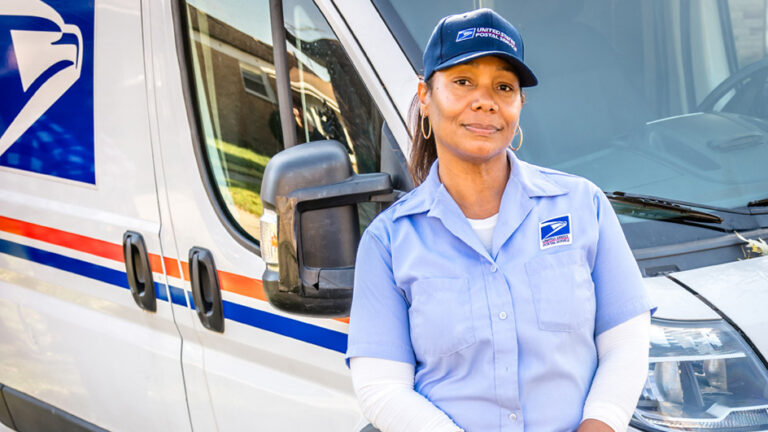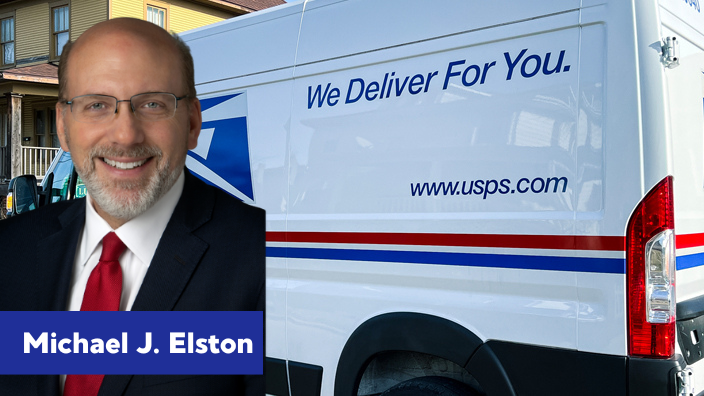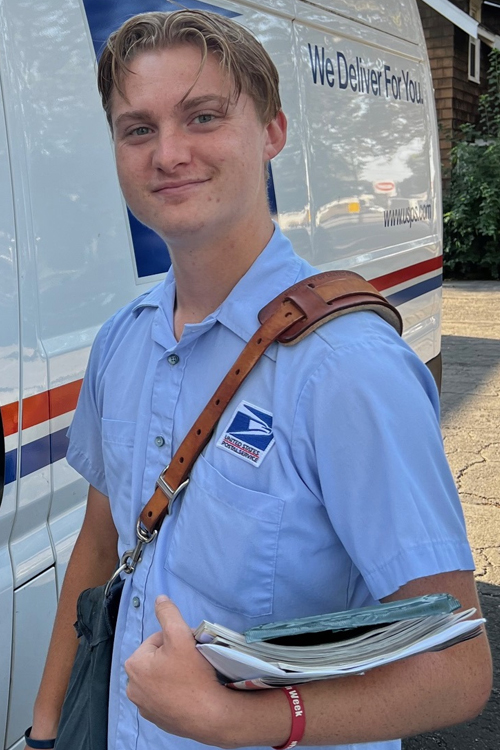Today’s Lesson: How to Mail an Egg (Yes, Really)
Montoursville physics students learn science—and how to use USPS
In Montoursville, PA, physics teacher Ted Barbour has been challenging his students to think outside the box—and inside the mail—for over 30 years. His now-famous egg mail design project isn’t just a lesson in freefall physics. It’s also a real-world exercise in how to properly use the U.S. Postal Service.
The Challenge
The assignment sounds simple:
- Take a raw egg.
- Package it in a way that protects it from a 16.5-foot drop.
- Mail it to the school.
- Hope it survives the fall onto a concrete floor at roughly 20 miles per hour.
Students earn points for creativity in design, cost-efficiency in mailing, and, of course, whether or not the egg survives intact.
Learning More Than Physics
“For many of these kids, this will be their first visit to a Post Office,” said Barbour, a former mechanical engineer. “It can be a daunting experience for them.”
USPS staff at the Montoursville Post Office are more than happy to help. Retail Associate Steve Zondory, who’s worked there for 27 years, sees the project as a unique opportunity to educate young customers.
“They’ve never placed their return address on a parcel or letter,” he said. “They get an education when they come here.”
In fact, one student once had to call his mom to ask for their home address—despite having lived there his entire life.
A Lasting Impact
Eggs are mailable (with the right packaging). USPS regulations for mailing fragile and perishable items, including eggs, can be found in Publication 52 on the Postal Explorer website. The lesson? Physics might be the subject, but postal literacy is a big part of the grade.
Years later, Barbour’s students still remember what they learned. One former student recently told him, “I went to the Post Office to mail a package, and I confidently knew how to do it.”
Barbour smiled. “It’s one of the lasting and unintended consequences of a worthy physics project.”






